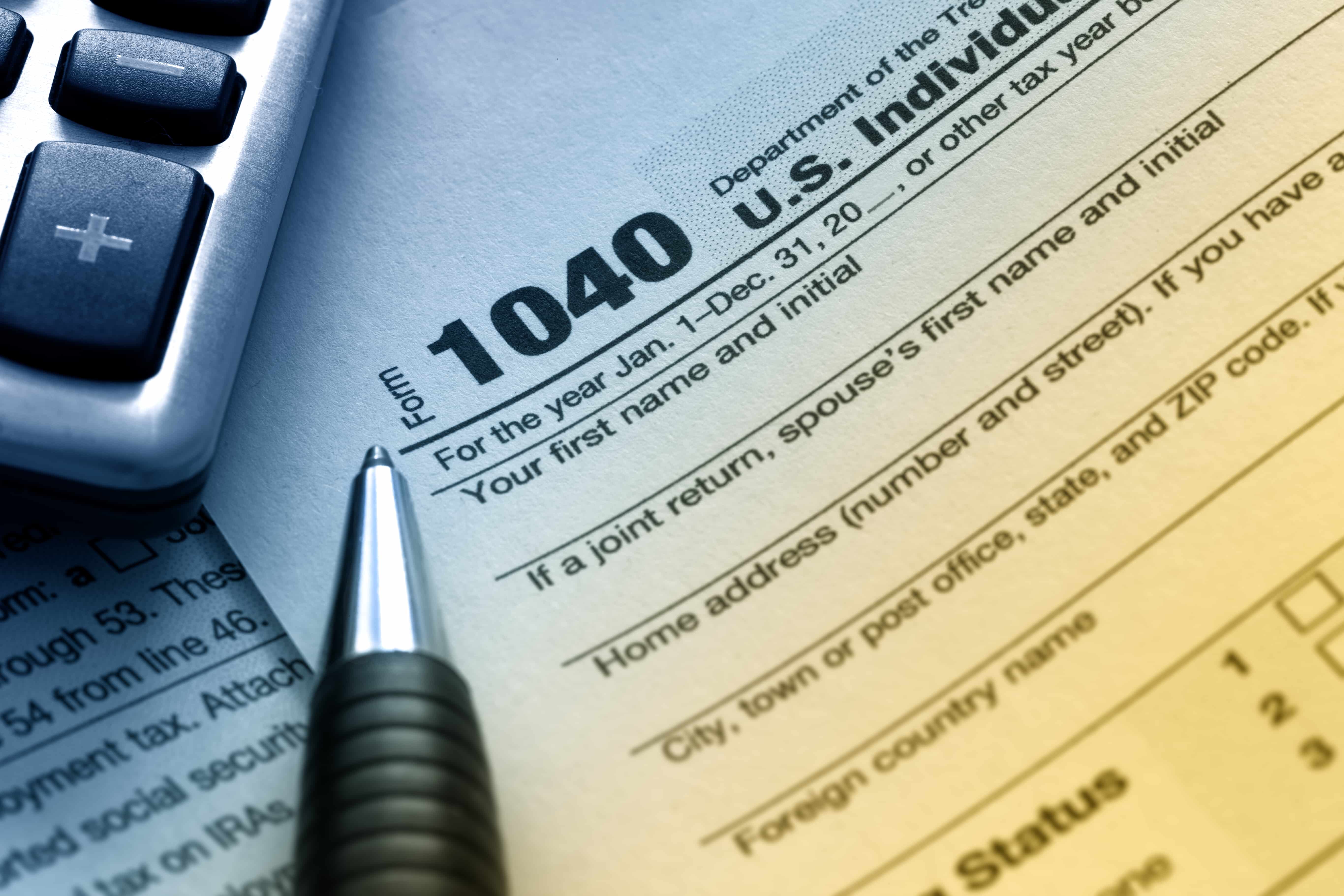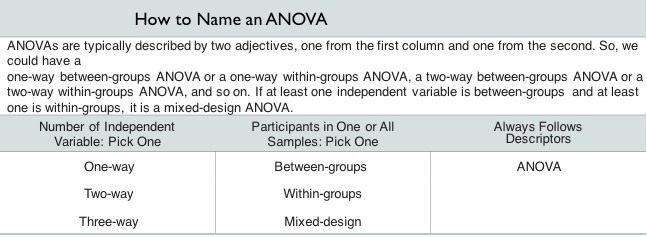Chapter 16. How to Improve Government Operations: Everything Up to Regression
Introduction
By Warren Fass, University of Pittsburgh Bradford, and Susan A. Nolan, Seton Hall University
Appelbaum, B. (2015, September 29). Behaviorists show the U.S. how to improve government operations. Opens in new window https://www.nytimes.com/2015/09/30/business/behaviorists-show-the-us-how-to-improve-government-operations.html?smprod=nytcore-iphone&smid=nytcore-iphone-share&_r=0
Shu, L. L., Mazar, N., Gino, F., Ariely, D., & Bazerman, M. H. (2012). Signing at the beginning makes ethics salient and decreases dishonest self-reports in comparison to signing at the end. Proceedings of the National Academy of Sciences of the United States of America, 109, 15197-15200. doi: 10.1073/pnas.1209746109
Introduction

Behavioral scientists have assisted the United States government, as well as other governments, with developing new strategies for increasing the amount of tax money collected from delinquent taxpayers and companies. In this activity, we will consider the various findings from the article, “Behaviorists Show the U.S. How to Improve Government Operations” (Appelbaum, 2015).

Choosing the Appropriate Hypothesis Test, Image Long Description
By asking the right questions about our variables and research design, we can choose the appropriate hypothesis test for our research.
Four Categories of Hypothesis Tests (IV = Independent variable; DV = dependent variable)
Example 1 of 6
Does signing your name before, rather than after, completing a form change our behavior? Behavioral scientists suggested that the U.S. federal government change the location of the signature box on the form. The new form had the location of the signature box at the beginning of the form, instead of at the end (the usual location). People who signed first paid more delinquent tax money, on average, than people who signed at the end of the form.
Which statistical test could the researchers have used to identify this significant difference between the groups in the amount of delinquent tax money paid?
Now skip ahead to the next example by clicking here. Or, for more practice walking through the flowchart questions, simply click the Next button in the bottom right corner of the screen.
Example 1 of 6
In which of the following four categories does this situation fall? Click to see the data again. And click on the flowchart button to see the overview for choosing the best test.
Does signing your name before, rather than after, completing a form change our behavior? Behavioral scientists suggested that the U.S. federal government change the location of the signature box on the form. The new form had the location of the signature box at the beginning of the form, instead of at the end (the usual location). People who signed first paid more delinquent tax money, on average, than people who signed at the end of the form.
Example 1 of 6
How many nominal independent variables are there?
Example 1 of 6
How many levels does the independent variable have?
Example 1 of 6
How many samples are there?
Example 1 of 6
What type of design is this?
Example 1 of 6
Based on the answers to these questions, which statistical test could be used to determine if there was a significant difference between the two groups in the amount of delinquent tax money paid?
Example 2 of 6
What is the long-term financial impact related to the use of the new tax forms? One researcher reported that after the first year the new form was in use, the federal government increased revenue by about 6% compared to the year before use of the new form (Appelbaum, 2015). Would the use of the new form continue to show increases in revenue in future years from the preceding tax years? Let’s assume we have the following data from fifteen different tax years: the percentage of tax forms that have the signature on top submitted during each tax year and the percentage change (from the previous tax year) in revenue collected by the federal government.
Which statistical test could be used to predict the percentage change in revenue based upon the number of new tax forms submitted?
Now skip ahead to the next example by clicking here. Or, for more practice walking through the flowchart questions, simply click the Next button in the bottom right corner of the screen.
Example 2 of 6
In which of the following four categories does this situation fall? Click to see the data again. And click on the flowchart to see the overview for choosing the best test.
What is the long-term financial impact related to the use of the new tax forms? One researcher reported that after the first year the new form was in use, the federal government increased revenue by about 6% compared to the year before use of the new form (Appelbaum, 2015). Would the use of the new form continue to show increases in revenue in future years from the proceeding tax years? Let’s assume we have the following data from fifteen different tax years: the percentage of tax forms that have the signature on top submitted during each tax year and the percentage change (from the previous tax year) in revenue collected by the federal government.
Example 2 of 6
Is the research question about association or prediction?
Example 2 of 6
Based on the answers to these questions, which statistical test could be used to predict the percentage change in revenue based on the percentage of tax forms submitted that have the signature on top?
Example 3 of 6
The British government found it could increase collections from delinquent taxpayers by creating a social norm. They told delinquent taxpayers that nine in 10 neighbors had paid their taxes (Appelbaum, 2015). Imagine that we recruited 160 adults, and randomly assigned them to read one of three different descriptions about a delinquent taxpayer: The first group’s description would contain information that 10% of neighbors had paid their taxes (so, 90% delinquent taxpayers); the second group’s description would contain a statement that 50% of neighbors had paid their taxes (so, 50% delinquent taxpayers); and, the third group’s description would contain a statement that 90% of neighbors had paid their taxes (so, 10% delinquent taxpayers).
What statistical analysis could be used to determine whether there was a significant difference among the ratings from the three groups?
Now skip ahead to the next example by clicking here. Or, for more practice walking through the flowchart questions, simply click the Next button in the bottom right corner of the screen.
Example 3 of 6
In which of the following four categories does this situation fall? Click to see the data again. And click on the flowchart to see the overview for choosing the best test.
The British government found it could increase collections from delinquent taxpayers by creating a social norm. They told delinquent taxpayers that nine in 10 neighbors had paid their taxes (Appelbaum, 2015). Imagine that we recruited 160 adults, and randomly assigned them to read one of three different descriptions about a delinquent taxpayer: The first group’s description would contain information that 10% of neighbors had paid their taxes (so, 90% delinquent taxpayers); the second group’s description would contain a statement that 50% of neighbors had paid their taxes (so, 50% delinquent taxpayers); and, the third group’s description would contain a statement that 90% of neighbors had paid their taxes (so, 10% delinquent taxpayers).
Example 3 of 6
How many nominal independent variables are there?
Example 3 of 6
How many levels does the independent variable have?
Example 3 of 6
What type of design is this?
Example 3 of 6
Based on the answers to these questions, which statistical analysis could be used to determine whether there was a significant difference among the ratings from the three groups?
Example 4 of 6
Several years ago, the British government decided to change how they sent warning notices to people who had not registered their vehicles (Appelbaum, 2015). Instead of sending only the standard warning message that the person’s car could be taken anyway, the British government decided to send a picture of the person’s car along with the standard warning message. And the British government found that “people who had not registered their vehicles were more likely to do so” as a result of the new method. However, the finding did not take into consideration the gender of the individuals who had failed to register their cars. Imagine that we recruited 80 men and 80 women to participate in the study. We assign one group of 40 men and one group of 40 women to pretend that they received a warning notice that their unregistered car will be taken away unless they register it within two weeks. We also assign the remaining 40 men and 40 women to pretend that they received the identical warning message but with a picture of their own car that researchers had acquired in advance. Then we ask all participants to rate, on a 10-point scale, the likelihood (1 = not very, 10 = very) that they would register their car within two weeks from receiving the notice.
Which statistical test could be used to determine if there were significant differences in ratings among the four groups?
Now skip ahead to the next example by clicking here. Or, for more practice walking through the flowchart questions, simply click the Next button in the bottom right corner of the screen.
Example 4 of 6
In which of the following four categories does this situation fall? Click to see the data again. And click on the flowchart to see the overview for choosing the best test.
Several years ago, the British government decided to change how they sent warning notices to people who had not registered their vehicles (Appelbaum, 2015). Instead of sending only the standard warning message that the person’s car could be taken anyway, the British government decided to send a picture of the person’s car along with the standard warning message. And the British government found that “people who had not registered their vehicles were more likely to do so” as a result of the new method. However, the finding did not take into consideration the gender of the individuals who had failed to register their cars. Imagine that we recruited 80 men and 80 women to participate in the study. We assign one group of 40 men and one group of 40 women to pretend that they received a warning notice that their unregistered car will be taken away unless they register it within two weeks. We also assign the remaining 40 men and 40 women to pretend that they received the identical warning message but with a picture of their own car that researchers had acquired in advance. Then we ask all participants to rate, on a 10-point scale, the likelihood (1 = not very, 10 = very) that they would register their car within two weeks from receiving the notice.
Example 4 of 6
How many nominal independent variables are there?
Example 4 of 6
The then tells us to decide: What type of design is this?

Example 4 of 6
Based on the answers to these questions, what statistical analysis could be used to determine if there were significant differences in the likelihood ratings among the four groups?
Example 5 of 6
Let’s look again at whether signing your name before completing a form changes behavior – in this case, does it make people more honest? Auto insurance companies hope that customers are honestly reporting how many miles they drive each year on their insurance renewal forms. If the number of miles driven annually impacts the insurance premium, some people may report driving fewer miles hoping to have a smaller increase in their yearly premiums. Researchers have explored whether changing the location of customers’ signature – from the usual location at the bottom of the form to the top of the form – might result in more accurate reporting (Shu, Mazar, Gino, Ariely, & Bazerman, 2012). Specifically, would customers who signed the form at the top report driving more miles, on average, than customers who signed the form at the bottom? Such a finding would imply that the customers signing at the top were being honest because their insurance premiums would have been lower if they reported driving fewer miles. Imagine that we obtained permission from an auto insurance company to randomly select 5000 of their customers whose policy was set for renewal. We then randomly assign the customers to one of the following renewal form conditions: One half of the customers would be sent the renewal form with the signature box at the bottom of the form (the usual location), and the other one half of the customers would be sent the renewal form with the signature box located at the top of the form. All other information on each form would be identical. Each customer must indicate the number of miles driven from the previous year’s renewal to the date on the renewal form.
Which statistical test could the researchers have used to determine if there was a significant difference between the groups in the number of miles reported?
Now skip ahead to the next example by clicking here. Or, for more practice walking through the flowchart questions, simply click the Next button in the bottom right corner of the screen.
Example 5 of 6
In which of the following four categories does this situation fall? Click to see the data again. And click on the flowchart to see the overview for choosing the best test.
Imagine that we obtained permission from an auto insurance company to randomly select 5000 of their customers whose policy was set for renewal. We then randomly assign the customers to one of the following renewal form conditions: One-half of the customers would be sent the renewal form with the signature box at the bottom of the form (the usual location), and the other one-half of the customers would be sent the renewal form with the signature box located at the top of the form. All other information on each form would be identical. Each customer must indicate the number of miles driven from the previous year’s renewal to the date on the renewal form.
Example 5 of 6
How many nominal independent variables are there?
Example 5 of 6
How many levels does the independent variable have?
Example 5 of 6
How many samples are there?
Example 5 of 6
What type of design is this?
Example 5 of 6
Which statistical test could the researchers have used to determine if there was a significant difference between the groups in the number of miles reported?
Example 6 of 6
We will look at one more finding reported by Appelbaum (2015). In 2006, a U.S. federal law “made it easier for companies to enroll workers in retirement plans by default.” In general, that change resulted in an increase in the number of people enrolling in a retirement plan, but reduced the average amount of money people saved (contributed) toward retirement. That is, the employees who were enrolled by default, contributed, on average, the default percentage which was less than the average percentage for employees who self-enrolled. Imagine that we obtained from a company the percentage of salary contributions toward retirement for all employees during the 5 years prior to the default enrollment plan. We find that mean percentage contributed toward retirement to be 7.45. We then obtain the percentage of salary contributions for a sample of 200 employees who were enrolled in the retirement plan by default, and find the mean percentage contributed for that sample is 6.79, with a standard deviation of 1.14.
What statistical analysis could you use to determine whether the 200 employees had a significantly different percentage contribution, on average, than all employees from the previous 5 years?
Now skip ahead to the end of the activity by clicking here. Or, for more practice walking through the flowchart questions, simply click the Next button in the bottom right corner of the screen.
Example 6 of 6
In which of the following four categories does this situation fall? Click to see the data again. And click on the flowchart button to see the overview for choosing the best test.
We will look at one more finding reported by Appelbaum (2015). In 2006, a U.S. federal law “made it easier for companies to enroll workers in retirement plans by default.” In general, that change resulted in an increase the number of people enrolling in a retirement plan, but reduced the average amount of money people saved (contributed) toward retirement. That is, the employees who were enrolled by default, contributed, on average, the default percentage which was less than the average percentage for employees who self-enrolled. Imagine that we obtained from a company, the percentage of salary contributions toward retirement for all employees during the 5 years prior to the default enrollment plan. We find that mean percentage contributed toward retirement to be 7.45. We then obtain the percentage of salary contributions for a sample of 200 employees who were enrolled in the retirement plan by default, and find the mean percentage contributed for that sample is 6.79, with a standard deviation of 1.14.
Example 6 of 6
How many nominal independent variables are there?
Example 6 of 6
How many levels does the independent variable have?
Example 6 of 6
How many samples are there?
Example 6 of 6
For the level represented by a population, what parameters are known with respect to the scale dependent variable?
Example 6 of 6
Based on the answers to these questions, what statistical analysis could be used to determine whether the 200 employees had a significantly different percentage contribution, on average, than all employees from the previous 5 years?
16.1 Activity Completed!

Congratulations! You have completed the activity and gained some good experience in choosing the best hypothesis test.